For those involved in manufacturing or prototyping, the terms “jigs” and “fixture” often appear, especially when it comes to the machining-the subtractive manufacturing process of plastic and metal parts. But what are jigs and fixtures, what are jigs and fixtures used for, and why are jigs and fixtures so important?
Although these two tools are often combined, they perform different functions in the manufacturing process and are often used with different manufacturing equipment. They all contribute to the production of more accurate and repeatable parts, and several different manufacturing techniques can be used, but jigs and fixtures are still fundamentally different.
This article will serve as an introduction to anyone who needs fixtures and fixture explanations. It will look at the main differences between jigs and fixtures, their main applications and how to make them.
1. What Are Jigs and Fixtures?
Before discussing the specific properties of jigs and fixtures, we should take a step back and ask a broader question, namely, what types of objects are jigs and fixtures.
We can think of these two items as tools or tool parts: tools used to manufacture new parts are completely different from manufacturing machinery (such as CNC machine tools, 3D printers) and parts being manufactured. (Examples of other tools include material forming equipment, such as molds and dies, and cutting tools, such as drill bits.)
More specifically, jigs and fixtures—especially fixtures—can be regarded as workpiece fixtures: items used to keep the workpiece (parts being manufactured) stable and safe during the manufacturing process.
2. What is a jig?
We will explain jigs and fixtures starting with fixtures. In short, a fixture is a tool used to control or guide the movement of a cutting tool (such as a drill) (sometimes it is also used to simultaneously hold a workpiece). So, why do manufacturers use fixtures?
Introducing a tool to precisely guide the moving cutting tool allows manufacturers to guarantee repeatability: ensuring that the same cut is made in the same location on multiple copies of the same part. The same fixture can be used repeatedly, and the result is the same every time.
Since their purpose is mainly to guide and directly cut tools, fixtures are most commonly used for manual work, namely manual machining and drilling. (CNC machine tools rely less on fixtures because they are designed to provide micron-level accuracy without assistance; These machines are guided by computer instructions when cutting. )
Type of Jigs
- Template fixture: A simple fixture that can be installed on the workpiece. It has holes through which the tool (such as a drill) can be guided.
- Plate fixture: similar to template fixture, but with drill sleeve instead of only holes.
- Angle plate fixture: used to support the workpiece at a certain angle to facilitate the drilling of diagonal holes.
- Blade jig: A jig with hinged blades that can be opened and closed for faster loading and unloading of goods.
- Diameter fixture: used for drilling round workpieces, not easy to fix on other types of fixtures.
3. What is a fixture?
Clamps have some of the same characteristics as clamps, but their purpose is essentially different. The only function of the fixture is to maintain the stability and safety of the workpiece during the manufacturing process; Therefore, the fixture is a true workpiece fixture.
The fixture can perform several functions. By keeping the workpiece completely safe, they ensure accuracy and repeatability. They can also adjust the workpiece at a specific angle, allowing cutting operations in a range of directions.
The fixture can also reduce errors and ensure the safety of workers by preventing the workpiece from being accidentally thrown from the workbench. Like fixtures, fixtures are often used in machining operations.
You may see the use of fixtures on CNC machining centres and other automated manufacturing equipment. CNC machine tools can guide their cutting tools without using fixtures, but if the safety of the workpiece cannot be guaranteed, the CNC machine tools will not work properly.
The clamps are usually fixed with fasteners or even manually by the machine operator. The clamps have a variety of clamping options, including hydraulic, pneumatic, and vacuum systems to apply the required force.
Type of fixture
- Turning fixture: usually installed on the spindle or panel of the machine tool, the turning fixture is suitable for more complex lathe manufacturing parts.
- Milling fixtures: usually fixed on the worktable with fasteners, these fixtures can perform various milling operations.
- Drilling fixture: It is composed of holes and bushings. Drilling fixtures are sometimes used to replace (or supplement) fixtures.
- Grinding fixture: used to support the workpiece during the grinding process.
4. The Difference Between Jigs and Fixtures
Are clamps and fixtures the same thing? No, they are not: although they are all types of tools used in manufacturing, and although they have some of the same characteristics, they are different objects.
The main difference between a fixture and a fixture is that the fixture plays a role in controlling the position or movement of another tool (usually a tool), while the fixture is related to the position of the workpiece (the workpiece being processed into a new part).
While fixtures serve one purpose, sometimes fixtures control the positioning of a workpiece and another tool. In practice, this means that jigs and fixtures are often used in different situations. The application of clamps usually occurs in manual work, where people need help to move the cutting tool to the exact position needed (for example, to ensure that the drill bit drills a hole in the correct position).
On the other hand, fixtures are used in both manual and automated work: tools do not always need guidance, but workpieces always need to ensure accuracy and safety. Other differences between jigs and fixtures include:
- Fixtures are usually quite light, and fixtures must be heavy enough to provide stability.
- The fixture can be fixed manually, while the fixture is mechanically fixed on the table
- Fixtures may require more complex designs, while fixtures are usually simpler
5. Advantages Jigs and fixtures
The use of jigs and fixtures in the manufacturing process can bring significant benefits in terms of production and part quality. The main benefits include:
- Increase production
- No need for manual measurement and calibration
- Consistency and accuracy of multiple parts
- Reduce reliance on manual skills of mechanics
- Reduce reliance on quality control measures after production
- Improve worker safety
- Allows the machinist to adjust the feed and speed for faster production
6. Components of machine tool fixtures
Jigs and fixtures may look like simple tools, but they usually consist of several parts. These parts are:
- Fixture body: The main body of the fixture, usually a solid piece of metal, is capable of withstanding huge forces.
- Clamping device: The clamping device of the fixture or fixture is used to fix the workpiece and resist the cutting force.
- Positioning device: usually made of hardened steel, positioning devices such as pins are used to place the jig or fixture in the correct position.
- Bushing: Bushings are usually made of tool steel and are used in some fixtures to guide the operation of machine tools.
7. How to Make Fixtures
When it comes to manufacturing jigs and fixtures, there are a few different options. Although CNC machining has dominated for some time, 3D printing is now a viable alternative.
Although the material of the jigs and fixtures is usually metal-more specifically, steel, such as carbon steel, low carbon steel and die steel-if a lower clamping force is required, plastic jigs and fixtures are also feasible. Nylon is a common plastic used in the production of jigs and jigs.
8. Design Considerations
- Jigs and fixtures should be foolproof to prevent misalignment
- Production costs should be lower than expected cost savings
- The positioning point should be clear (adjustable under ideal circumstances) to reduce idle time
- Clamping arrangements should not be complicated
- Clamps and fixtures should be strong enough for easy use, but light enough for easy operation
- Tools should have enough space for cleaning
- There must be enough space for chip cleaning
9. CNC machining tooling fixture
Best for: Sturdy steel jigs and fixtures, simple geometry
At present, CNC machining is the main method of manufacturing fixtures. This is because CNC machining is low cost for small batches (jigs and fixtures are often customized for specific parts).
CNC machining jigs and fixtures are ideal when jigs and fixtures need to be sturdy, but not particularly complex geometries. Most steel jigs and fixtures are CNC machined.
10. 3D Printing Fixture
Best for: Quick and plastic jigs and fixtures, complex geometries
3D printing or additive manufacturing is an alternative to CNC machining for the rapid manufacturing of jigs and fixtures. Like CNC machine tools, 3D printers are very efficient in manufacturing disposable items.
3D printed jigs and fixtures have more complex geometries than machined ones. For plastic jigs and fixtures, 3D printing may be a more affordable option (for example, through SLS). However, in most cases, processed jigs and fixtures have higher strength.

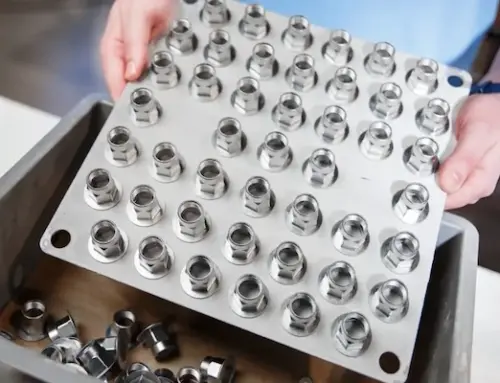
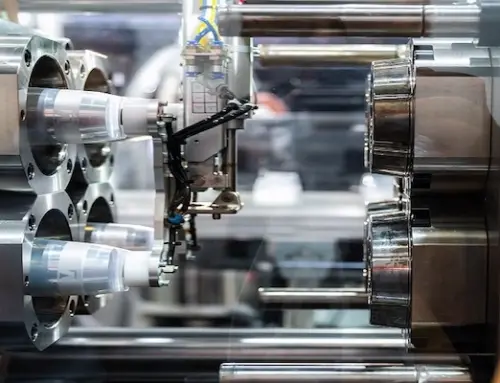
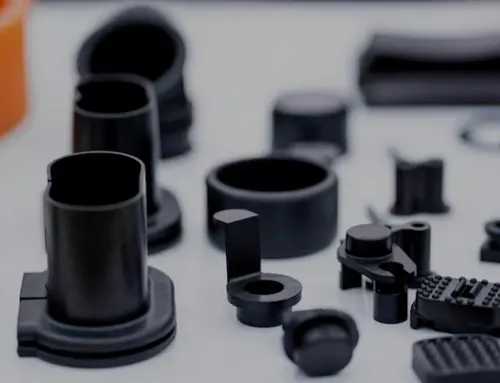
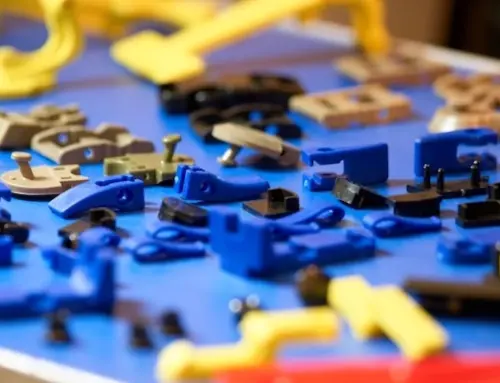
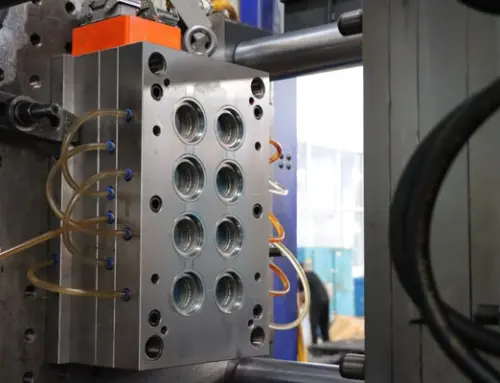
Leave A Comment